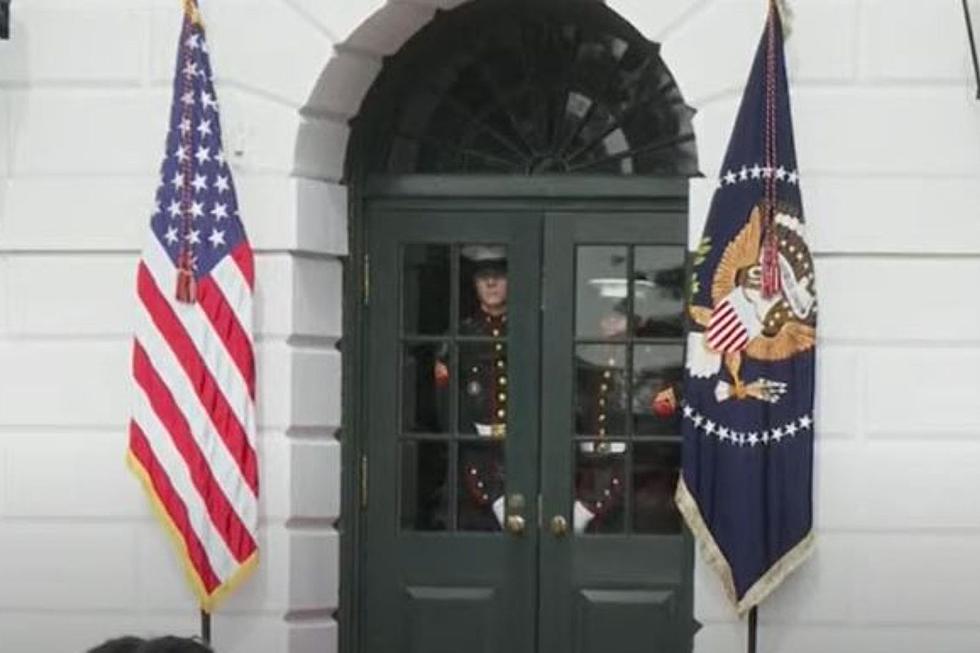
Food Safety Expert Has Tips for Turkey Prep
UNDATED – Thanksgiving is just around the bend, and this year, it’s likely that plenty of people are dusting off their cookbooks, rolling up their sleeves and cooking turkeys for the first time.
Suzanne Driessen, Food Safety Educator with the University of Minnesota Extension Office in St. Cloud, says there are a number of steps to take, and things to keep in mind, to ensure a delicious and safe meal for everyone.
“It’s really important for safety reasons to always read the directions,” she said. “If you are using a traditional turkey, you want to make sure that it’s completely thawed before you roast it. That will affect the cooking time and the destruction of the bacteria as well.”
Driessen says about half of all poultry products contain some form of harmful bacteria.
“With turkey and poultry in general, there are two we’re concerned about,” she explained. “One is salmonella. The other, which most people don’t know about, is called campylobacter. These are a primary cause of diarrhea associated with food-borne illness.”
Driessen says there are ways to expedite the turkey thawing process to eliminate any remaining frost and prevent bacteria from being an issue.
“Let’s say you’re going to throw it in the oven at 8:00 in the morning,” she said. “So, maybe at 6:00, you’ll check to see if it’s completely thawed. If it’s not, you can finish thawing it in cold water.”
Driessen says the still-wrapped bird should be completely submerged in cold water. She recommends replacing the water every 30 minutes.
“It’s still going to take a couple of hours to finish the thawing, so planning is really key when it comes to safe cooking,” she said.
Driessen says there are a few simple ways to check to see if a bird is completely thawed.
“I can wiggle the legs,” she explained. “I can feel that it’s soft. The inside could still have some frost, but in a few hours, it should be ready to go.”
Driessen says it’s also important to prevent any bacteria on the fresh bird from spreading to other kitchen surfaces. She recommends not unwrapping or washing the bird in the kitchen sink.
“What you will end up doing is transferring the bacteria,” she explained. “It will go into the air, and it can disperse three feet from your sink. Think about what you have around your sink.”
“Also, washing will not destroy the bacteria,” she added. “Cooking the bird to a proper temperature will take care of that.”
Driessen says she has her own tried-and-true method for safely removing turkeys from their wrappers before placing them into a roasting pan.
“I take a big plastic bag, and I’ll put my turkey inside of it,” she said. “Then, I will use a sharp knife or kitchen shears to cut open the package. I’ll unwrap it in there so everything is self-contained, and then throw the bag away so I’m not cross-contaminating.”
Driessen says stuffing the raw bird isn’t a wise decision.
“If you think about it, you’re stuffing the inside of the bird, creating this little shell,” she explained. “And the heat can’t get in there. What usually ends up happening is that the stuffing doesn’t get up to a safe temperature and you end up overcooking your turkey.”
Before pulling it out of the oven, Driessen says it’s important to ensure the bird has, at minimum, reached a bacteria-killing 165 degrees.
“You should check it in the thickest part of the breast and also in the leg joint,” she explained. “Be careful not to touch the thermometer against the bone, because that will affect the temperature reading.”
“I usually get my turkey to 170 in the breast and 180 in the thigh,” she added.
The final step, Driessen says, is to let the bird rest for 20 minutes after roasting.
“That way, all the juices can reabsorb back into the meat, and you end up with a nice, tasty, juicy feast,” she said.
As most family gatherings are likely to be scaled-back due to COVID-19, it stands to reason many households will be faced with a large amount of leftovers. Driessen says it’s important to get leftovers into the refrigerator or freezer within two hours.
“Leave them uncovered until they’re completely cool,” she said. “If you cover them, it takes longer to cool, and then you might have issue with food-borne illness. If you’re doing turkey, carve it away from the bone so it will cool faster.”
Driessen says the USDA will be staffing their turkey hotline on Thanksgiving Day from 8:00 a.m. to 2:00 p.m. for anyone in need of a little in-the-moment advice. They can be reached by phone at (888) 674-6854 or by email at mphotline@usda.gov.
Central Minnesota Christmas Tree Farms
More From AM 1240 WJON









